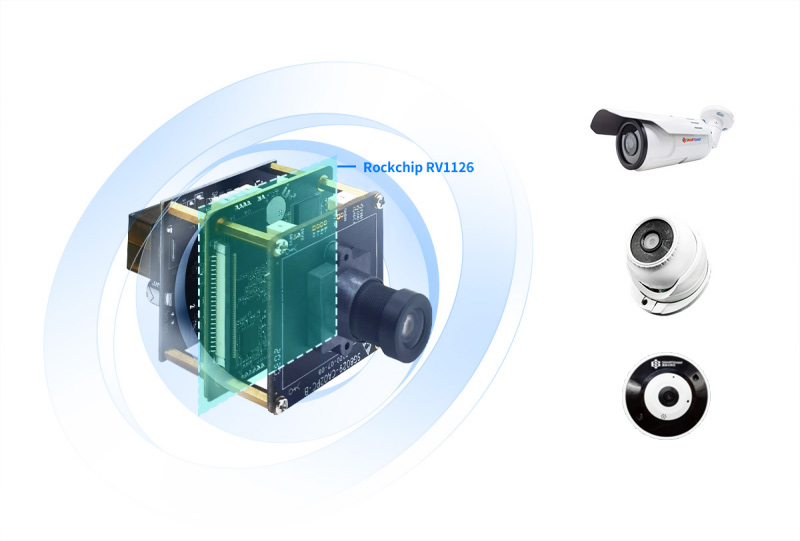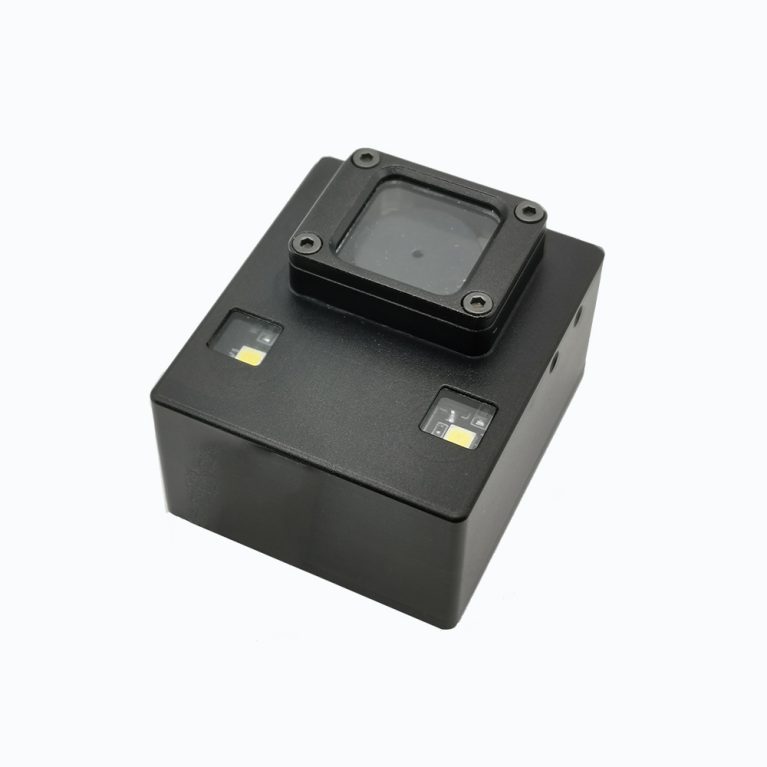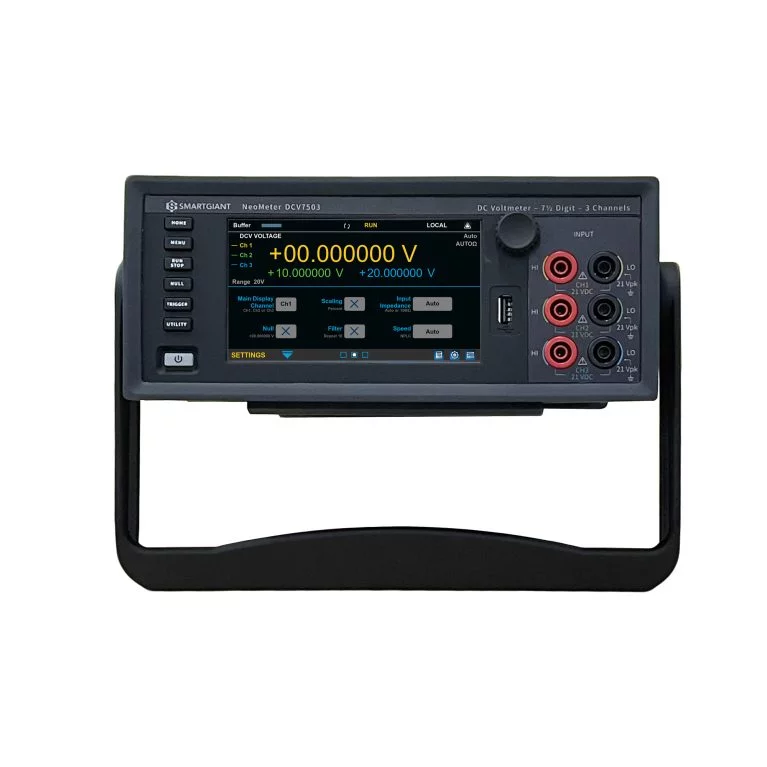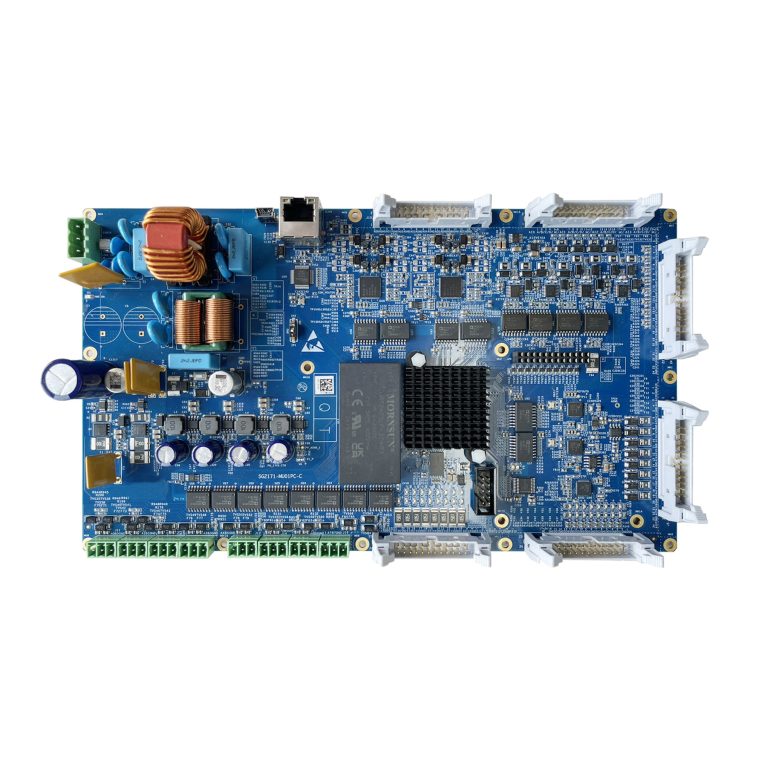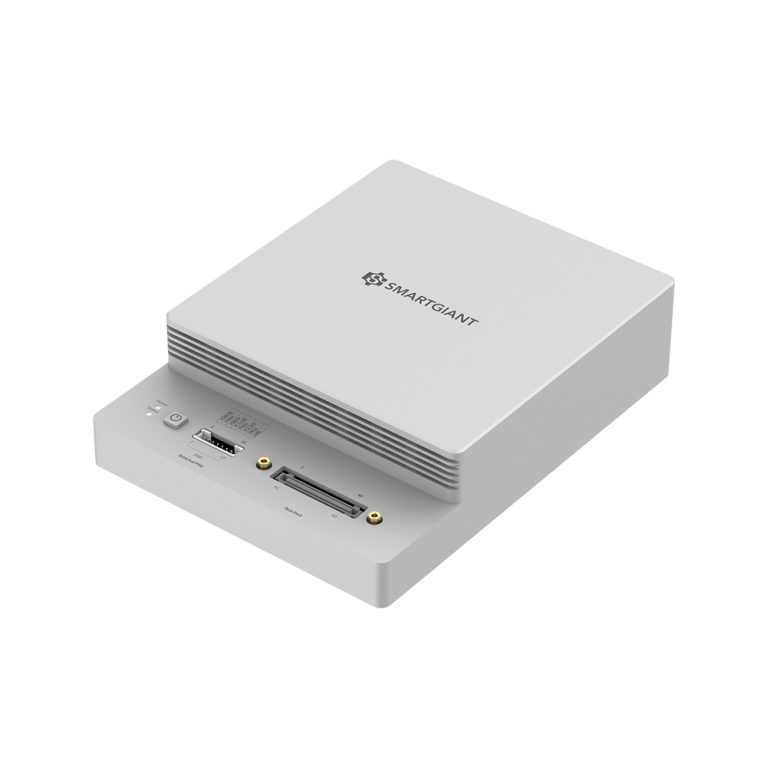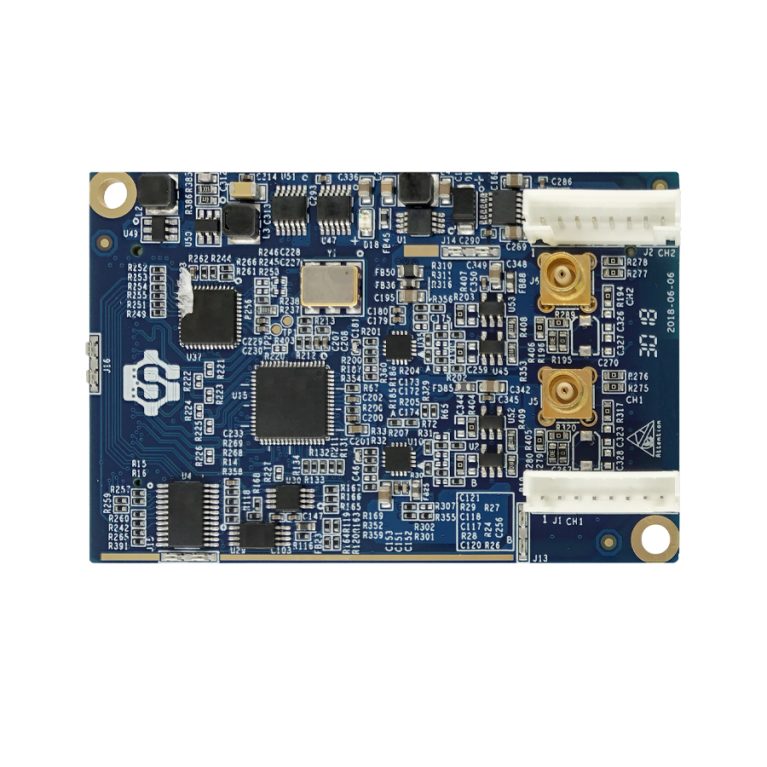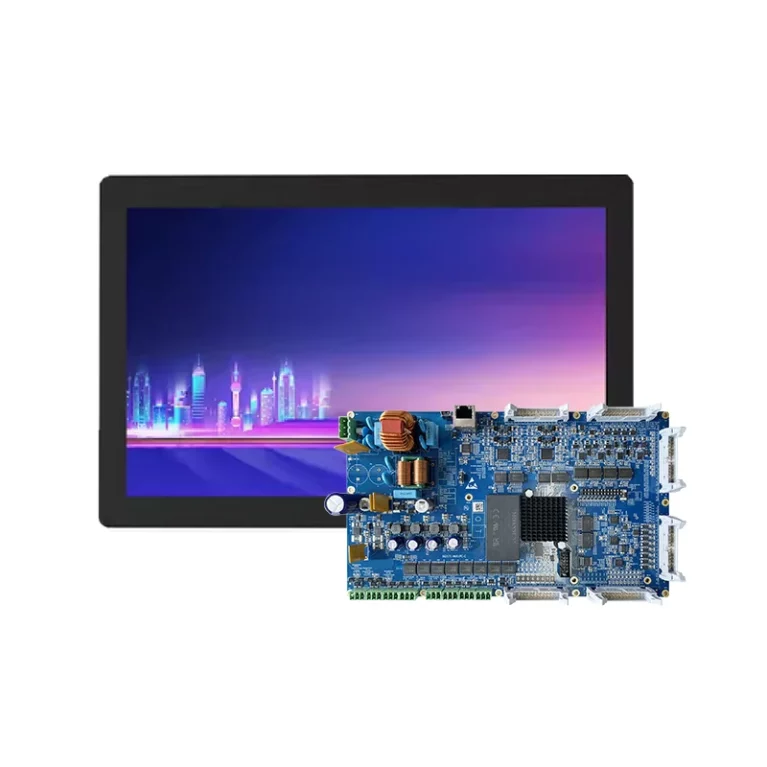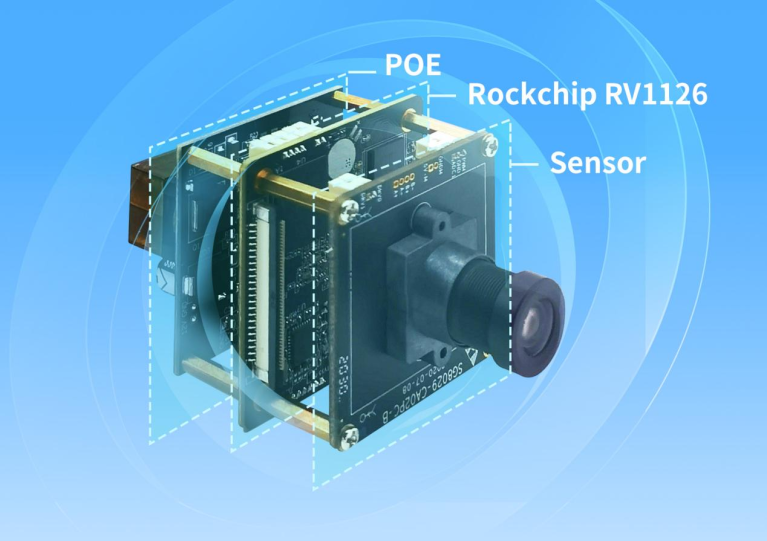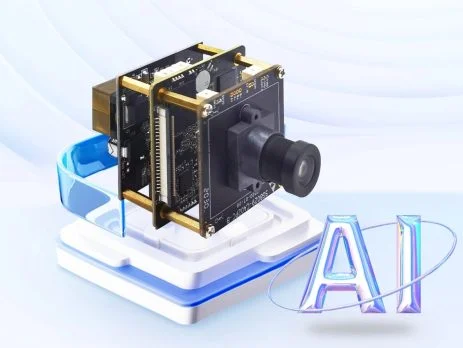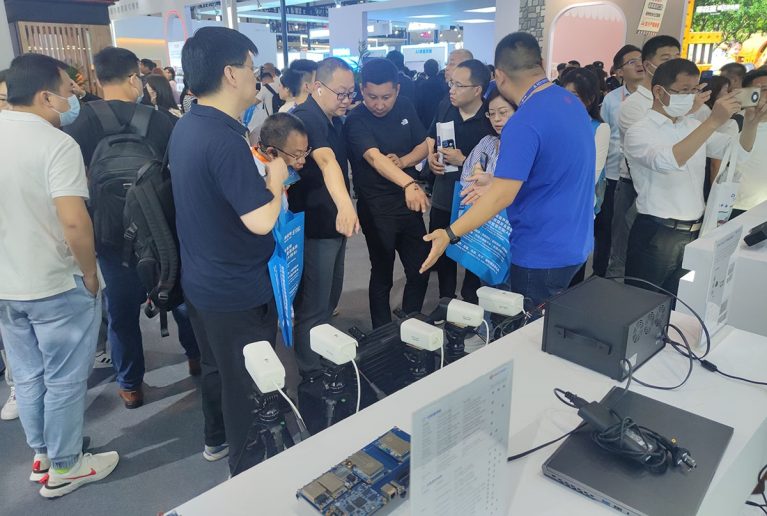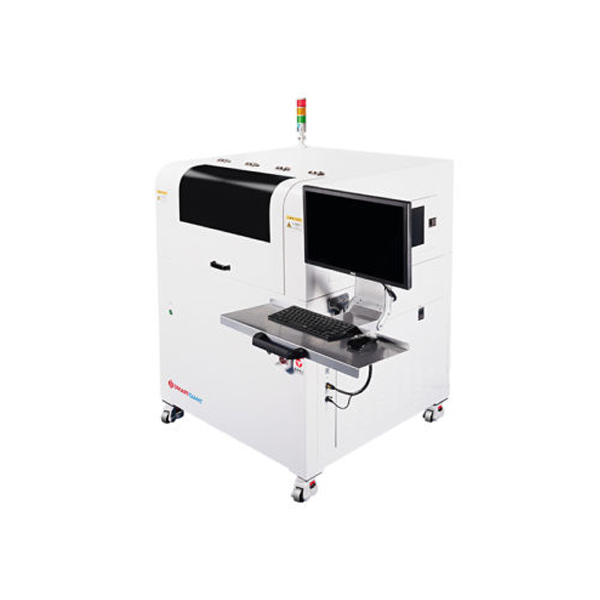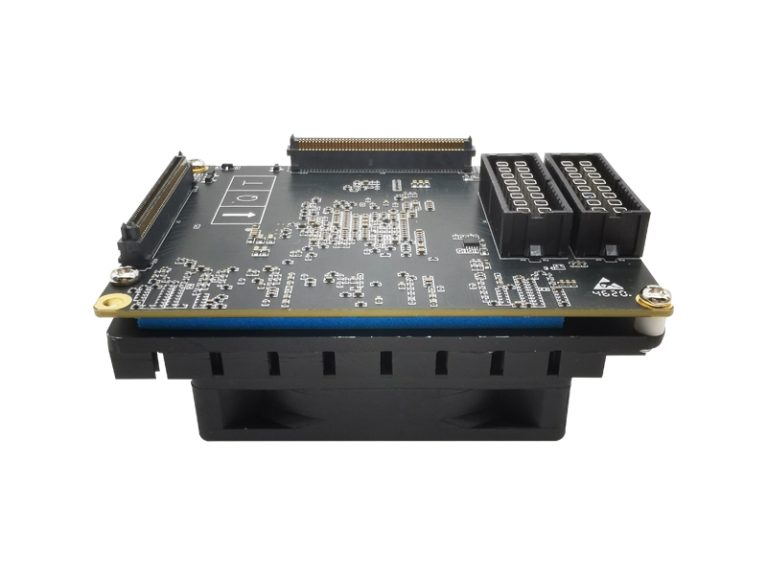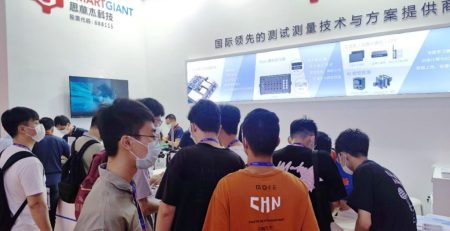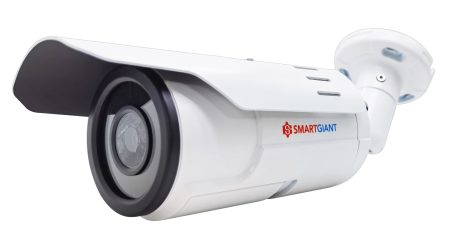Rockchip RV1126 AI Camera Module Selection Guide – Smartgiant Factory
Ai Camera
Rockchip RV1126 AI Camera Module: Hardware Components, Application Scenarios, and Sensor & Lens Selection Guide
- Introduction: Understanding the Rockchip RV1126 Camera Module Ecosystem
The application of intelligent vision systems is expanding across various industries, driven by rapid advancements in artificial intelligence and embedded computing. The Rockchip RV1126 System-on-Chip (SoC) stands as a central component in this domain, specifically designed for vision processing and AI-related applications, particularly in Intelligent Personal Computer (IPC) and Central Video Recorder (CVR) devices.
A camera module is an integrated unit that combines all necessary hardware for image and video acquisition and processing. RV1126-based camera modules play a significant role in accelerating the development and deployment of intelligent vision products, offering a balance of performance, power efficiency, and cost-effectiveness. This article will delve into the core features of the RV1126 SoC, the key hardware components of its camera modules, a detailed analysis of integrated image sensors (Sony IMX335 and IMX415), the implementation and benefits of Power over Ethernet (PoE), suitable lens selection, and various application scenarios.
- The Heart of the System: The Rockchip RV1126 System-on-Chip (SoC)
The technical specifications of the RV1126 SoC are fundamental to understanding the capabilities of its camera modules. Here’s a comprehensive overview of its key functional blocks:
Powerful Processing Capabilities: The RV1126 is equipped with a quad-core ARM Cortex-A7 processor clocked at up to 1.5GHz, handling general-purpose computing tasks.
Additionally, it integrates a RISC-V MCU running at 400MHz, specifically designed for handling real-time control functions and managing low-power states. The synergistic combination of Cortex-A7 and RISC-V cores indicates an architecture optimized for complex AI vision tasks while maintaining responsiveness for real-time operations, crucial for applications like autonomous systems and interactive devices. The robust processing power of the Cortex-A7 is well-suited for executing demanding AI algorithms and handling video encoding/decoding, while the RISC-V core ensures efficient management of peripherals and timely execution of control logic, enhancing overall system efficiency and performance.
Artificial Intelligence Acceleration Engine: The RV1126 integrates a Neural Processing Unit (NPU) with a computing power of up to 2.0 TOPS (Tera Operations Per Second, as reported by most sources ), designed to significantly accelerate AI model inference. Notably, a few sources mention 1.5 TOPS, which might indicate different versions of the RV1126 chip or module, or different reporting metrics. The NPU supports INT8 and INT16 mixed precision operations and is compatible with various popular AI development frameworks such as TensorFlow, PyTorch, Caffe, MXNet, Darknet, and ONNX. The robust NPU capability is a key strength of the RV1126, making it highly suitable for edge AI applications requiring real-time inference, such as object detection, facial recognition, and scene analysis. Compatibility with multiple AI frameworks simplifies the deployment of pre-trained models. This strong AI acceleration capability translates directly to the ability to perform complex intelligent video analytics on the camera module itself, reducing the need for cloud-based processing and enabling faster response times for applications like security and industrial automation.
Advanced Image Processing: The RV1126 incorporates a hardware-accelerated 14-megapixel ISP (Image Signal Processor) for image processing tasks. It supports multi-level noise reduction and 3-frame HDR (High Dynamic Range) technology. The dedicated 14MP ISP combined with HDR support ensures high-quality image acquisition and processing, which is critical for applications requiring clear and detailed images in various lighting conditions, such as surveillance cameras operating day and night. The hardware-accelerated ISP offloads image processing tasks from the main CPU, improving performance and reducing power consumption. The HDR capability is particularly important for scenes with both bright and dark areas, ensuring that details are not lost due to overexposure or underexposure.
Video Encoding and Decoding: The Video Processing Unit (VPU) is capable of handling 4K H.264/H.265 video encoding and decoding at 30 frames per second. It also supports multi-stream encoding, allowing simultaneous encoding of video at different resolutions and bitrates. The robust video encoding and decoding capabilities are essential for creating high-resolution video surveillance systems and other applications requiring efficient video compression and playback. Multi-stream encoding enhances flexibility for various use cases, such as high-quality local recording and low-bandwidth remote streaming. This feature allows for optimization of video storage and transmission, balancing video quality with bandwidth and storage limitations. For instance, a security camera can record high-definition video locally for detailed analysis while streaming lower-resolution video for remote viewing over a network.
Memory and Storage Interfaces: The RV1126 supports various DDR memory types (DDR3/DDR3L/DDR4/LPDDR3/LPDDR4) up to 4GB, and different storage options including eMMC, SPI Flash, NAND Flash (up to 128GB), and SD card support via SDIO.2 The variety of memory and storage options allows developers to select the most appropriate configuration based on the performance and storage requirements of their application, balancing cost and functionality.
Comprehensive Interface Suite: The RV1126 provides a rich set of interfaces, including dual MIPI CSI (supporting up to simultaneous camera inputs), MIPI DSI, USB 2.0 Host and OTG, Gigabit Ethernet , and various other peripheral interfaces such as UART, SPI, I2C, PWM, and GPIO. Some modules also support CAN and RS485. The extensive interface options make the RV1126 a versatile platform for various applications, allowing it to connect to a wide range of sensors, displays, and communication modules. The ability to support multiple camera inputs simultaneously is particularly important for applications requiring multi-camera setups, such as stereo vision or wide-angle panoramic capture. The inclusion of industrial communication interfaces like CAN and RS485 further extends the RV1126’s applicability in industrial automation and control systems.
Other Notable Features:
- Fast boot capability (e.g., 250ms) for quick responsiveness.
- Support for various video input interfaces (MIPI CSI, LVDS, subLVDS, DVP).
- Integrated RK809 PMIC (Power Management Integrated Circuit) for efficient power distribution.
- Key Hardware Components in RV1126 Camera Modules
System-on-Module (SOM):
Definition and advantages of using SOMs for modularity and scalability. Examples include CM1126 and MINI1126.
Typical characteristics of RV1126 SOMs: processor, NPU, RAM, storage, and essential interface pins.
Compact form factors (e.g., 35x34mm, 38x30mm, 48x48mm). The emergence of compact SOMs indicates a focus on integration into space-constrained applications such as smart cameras and embedded AI devices. The small size facilitates integration into existing product designs or the creation of new, miniaturized intelligent vision systems.
Development Boards:
Purpose of development boards for prototyping, testing, and software development. Examples include Idea1126, EM1126, and TB-RV1126D.
Availability of expansion interfaces and peripherals on development boards for ease of use. Development boards are crucial tools for developers to get started with the RV1126, providing an accessible platform for software development and algorithm testing. This lowers the barrier to entry for using the RV1126 and accelerates the development cycle for new products.
Integrated Camera Board Designs:
Single-board solutions combining the RV1126 SoC with image sensors and other necessary components. Examples include the Horus AI Camera Module and the TC-RV1126 IPC 50 Board.
Integration of various components like memory, storage, and connectivity on a single board. The prevalence of integrated camera boards 10 indicates a trend towards ease of use and reduced development time, providing ready-to-use integrated solutions for various applications. These boards often come with pre-loaded software and drivers, simplifying the integration process for developers.
Memory (RAM, ROM) and Storage Considerations:
Reiterate the different RAM and ROM options available on RV1126 modules (as discussed in Section 2).
Emphasize the importance of selecting appropriate memory and storage based on application requirements for data processing, AI model execution, and video recording.
Connectivity Options:
Discuss common connectivity features found in RV1126 camera modules, including Ethernet (for network communication and PoE), Wi-Fi (IEEE 802.11 b/g/n, sometimes ac/ax), and Bluetooth (typically 4.2 or 5.0). Some modules also support 4G LTE.16 The variety of connectivity options enables RV1126 camera modules to be integrated into diverse network environments and support different communication protocols. The inclusion of Wi-Fi and Bluetooth is essential for IoT applications, while Ethernet provides reliable wired connectivity, often with PoE support. For remote deployments or mobile applications, 4G LTE connectivity might be required, while smart home devices typically rely on Wi-Fi.
- Capturing the Visual World: Integrated Image Sensors
Sony IMX335: A Versatile 5MP Sensor for RV1126 Modules
Detailed Specifications:
- Resolution: 5.14 Megapixels (2592 x 1944 pixels).
- Optical Format: 1/2.8 inch.
- Pixel Size: 2.0 µm x 2.0 µm.
- Maximum Frame Rate: Up to 60 fps at full resolution.
- Output Interface: MIPI CSI-2 (2/4 lane).
- Low-Light Performance: High sensitivity, often featuring Sony’s STARVIS technology for enhanced visibility in near-infrared light. Minimum illumination as low as 0.01 lux.
- Dynamic Range: Approximately 80 dB.
Application Scenarios with RV1126:
- General surveillance systems requiring good resolution and low-light performance.
- Industrial machine vision.
- Smart home security cameras.
- Video conferencing.
- Facial recognition applications.
Sony IMX415: High-Resolution 8MP Imaging for RV1126 Modules
Detailed Specifications:
- Resolution: 8.40 Megapixels (3840 x 2160 pixels).
- Optical Format: 1/2.8 inch.
- Pixel Size: 1.45 µm x 1.45 µm.
- Maximum Frame Rate: Up to 60 fps at 4K resolution, up to 90 fps at 1080p.
- Output Interface: MIPI CSI-2 (4 lane).
- Low-Light Performance: Excellent low-light sensitivity, featuring STARVIS technology.
- Dynamic Range: High dynamic range, often supporting DOL-HDR (Digital Overlap High Dynamic Range), up to 100 dB.
Application Scenarios with RV1126:
- High-resolution surveillance requiring detailed image capture (e.g., license plate recognition, long-distance facial recognition).
- Professional video cameras.
- High-end industrial imaging.
- Outdoor surveillance in challenging lighting conditions due to HDR capabilities.
Comparative Analysis of IMX335 and IMX415:
Summarize the key differences in resolution, pixel size, frame rate, and dynamic range.
Provide guidance on selecting the appropriate sensor based on specific application needs (e.g., high resolution for detail vs. higher frame rate for capturing fast-moving objects).
Feature | Sony IMX335 | Sony IMX415 |
Resolution | 5.14 MP (2592 x 1944) | 8.40 MP (3840 x 2160) |
Optical Format | 1/2.8″ | 1/2.8″ |
Pixel Size | 2.0 µm x 2.0 µm | 1.45 µm x 1.45 µm |
Max Frame Rate | 60 fps (full resolution) | 60 fps (4K), 90 fps (1080p) |
Output Interface | MIPI CSI-2 (2/4 lane) | MIPI CSI-2 (4 lane) |
Low-Light Sensitivity | HIGH,STARVIS | Excellent,STARVIS |
Dynamic Range | ~80 dB | Up to 100 dB (with DOL-HDR) |
Typical Applications | General surveillance, industrial vision | High-resolution surveillance, professional video |
- Powering the Vision: Implementing Power over Ethernet (PoE)
Explanation of PoE technology: Transmission of both power and data signals over a single Ethernet cable.
Advantages of using PoE in IP camera systems :
Simplified installation with power and data over one cable.
Increased flexibility in camera placement as no nearby power outlet is needed.
Reduced installation costs by eliminating the need for separate power cabling and electricians.
Enhanced reliability through centralized power sourcing.
Better scalability for adding or relocating cameras.
Availability and implementation of PoE in RV1126 camera modules. Mention that some RV1126 camera modules and development boards come with integrated PoE support. The widespread availability of PoE support in RV1126 camera modules underscores its importance for IP camera deployments, simplifying infrastructure and reducing complexity. This makes RV1126 modules a compelling choice for security and surveillance applications where ease of installation and reliable power are paramount.
Benefits of PoE in various application environments (e.g., security, industrial, smart home).
- The Eyes of the Module: Selecting the Right Lens
Introduction to different types of lenses used in camera modules 107:
Fixed Focal Length Lenses: Preset focal length, suitable for general observation of a specific area. Common standard focal lengths include 2.8mm, 4mm, 6mm, 8mm, 12mm.
Varifocal Lenses: Adjustable focal length within a range, allowing manual adjustment of zoom and focus after installation (e.g., 2.8-12mm, 5-50mm).30 Offer flexibility in setting the field of view.
Motorized Zoom Lenses: Electrically adjustable focal length, allowing remote control of zoom and focus. Provide significant flexibility and detail for monitoring distant objects.
Key lens parameters and their impact on image capture:
Focal Length: Determines the angle of view and magnification (shorter focal length = wider angle, longer focal length = narrower angle, higher magnification).
Aperture (F-number): Controls the amount of light entering the lens (smaller F-number = larger aperture = more light, better low-light performance).
Field of View (FOV): The extent of the scene captured by the camera, influenced by focal length and sensor size.
Guidance on selecting lenses for RV1126 camera modules based on application needs:
Wide-angle lenses (e.g., 2.8mm, 3.6mm) for broad coverage of large areas like parking lots or warehouses.
Standard lenses (e.g., 4mm, 6mm) for general surveillance in areas like offices or hallways.
Telephoto lenses (e.g., 8mm, 12mm, varifocal options) for monitoring specific areas or distant objects like entrances or license plates.
Varifocal lenses (e.g., motorized zoom) for applications requiring remote adjustment of the field of view and detailed monitoring at variable distances.
Examples of common lenses used with RV1126 modules and their specifications:
Mention that M12 mount lenses are a common type.
Provide examples of focal lengths (e.g., 4mm, 6mm, 8mm, 2.8-12mm varifocal ). The M12 lens mount appears to be a standard for RV1126 camera modules, offering a balance of size, cost, and performance. This standardization simplifies lens selection and procurement for developers.
- Diverse Applications of RV1126 Camera Modules
Smart Security:
IP cameras for surveillance. Features like motion detection, human body detection, and auto-tracking.
Smart door locks and doorbells with facial recognition and two-way audio.
Access control systems with facial liveness detection.
Industrial Vision:
Quality inspection in manufacturing processes.
Process monitoring and automation.
Robotics and machine vision applications.
Smart Home:
Home security systems.
Smart assistants with integrated vision capabilities.
Smart appliances.
Other Emerging Applications:
Automotive electronics (e.g., ADAS – Advanced Driver-Assistance Systems, DMS – Driver Monitoring Systems).
Retail analytics (e.g., people counting, behavior analysis).
Traffic monitoring and management.
- Conclusion: RV1126 Empowering the Future of Intelligent Vision
The RV1126 camera module, with its high-performance AI processing, excellent image processing capabilities, versatile interfaces, and power efficiency, demonstrates significant potential in the field of intelligent vision. As AI-driven vision technology continues to grow in importance across various industries, the RV1126 is poised to play a key role in driving this trend. Its camera modules offer flexibility and scalability for developers and product integrators, facilitating the rapid development and deployment of innovative intelligent vision solutions. When selecting and implementing RV1126 camera modules for new projects, it is essential to carefully evaluate the application requirements to choose the appropriate sensor, lens, and connectivity options. Furthermore, the available SDKs and development resources will further simplify the development process.
Ai Camera Boost Profit – Consider other products?
Ai Camera Cut Down Cost – View Other Pages
More About Ai Camera
Experience Smartgiant Technology firsthand, have a look at the most worth purchasing Rockchip RV1126 ai camera here! Smartgiant Technology has a long history and experience of providing ai camera hardware, which means we are effective and senior. Over the years, our presence in this market has allowed us to amass numerous employees, run a sizable factory, and maintain a robust monthly production capacity. Our ai camera are carefully curated. The quality of our ai camera is guaranteed through the enforcement of demanding testing criteria, the use of standardized production procedures, and a comprehensive approach to quality control. Moreover, as a senior, we have numerous experience of ai camera and have gain great reputation. We collaborate with countless partners from various countries. Our primary sales regions encompass nearly every corner of the globe. We always believe that your request is our command!If you are looking for a passionate partner, consider us right now!


